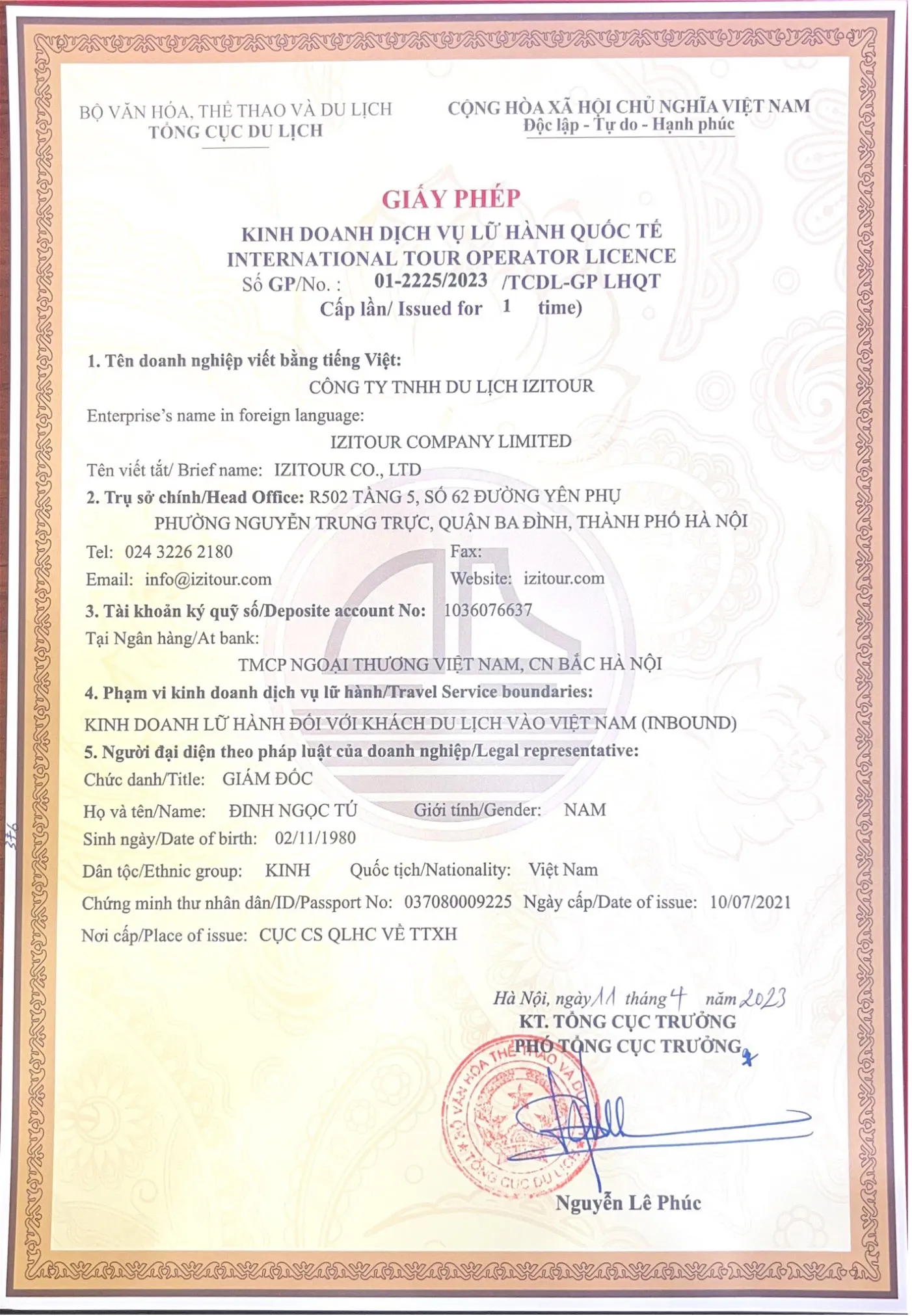The Ban Gioc waterfall is one of the seven most beautiful waterfalls in the world and ranks fourth in the list of the largest transnational waterfalls, just after Iguazu Falls, Victoria Falls, and Niagara Falls. Recently, the waterfall has captivated more tourists by its unique natural beauty.
From September 15, 2023 to September 14, 2024, visitors can go back and forth between two banks of the Ban Gioc waterfall (Vietnam) and Detian waterfall (China). Tourists visiting Ban Gioc - Detin transnational waterfall do not need to use a passport (no visa), entry or exit documents. This is your chance to visit one of the 4 biggest cross-border waterfalls in the world during your trip to Vietnam.
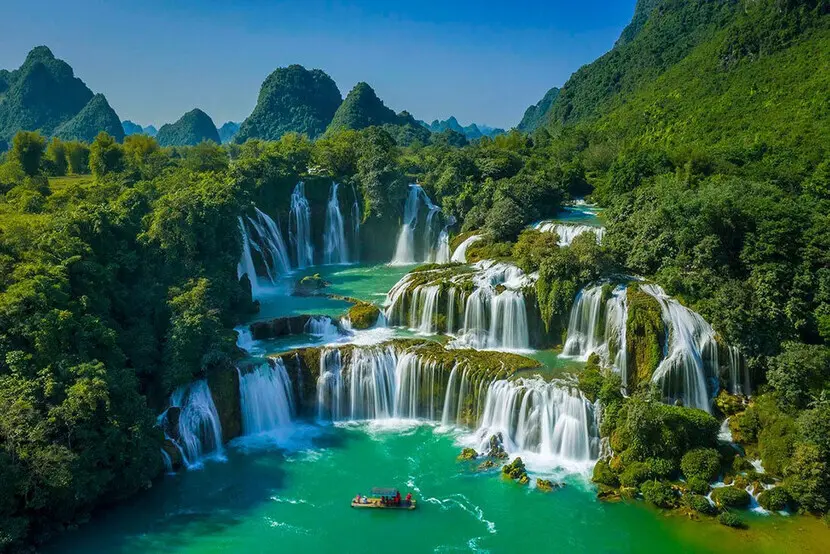
Thac Ban Gioc waterfall beautifully attracts tourists
1. Ban Gioc Waterfall location
Ban Gioc Waterfall is located in Dam Thuy Commune, Trung Khanh District, Cao Bang Province, situated on the flow of the Quay Son River. The right side of the waterfall belongs to Chinese sovereignty. In fact, the Quay Son River originates from China, flowing into Vietnam at the in Pompey village, Ngoc Khe commune, Trung Khanh district, Cao Bang. Vietnam affirms the ownership to the western side while the eastern side belongs to China. Therefore the landscape here is so abundant, dotted with the cultural patterns of ethnic Tay, Nung minorities.

A stunning view of the Ban Gioc waterfall through photograph
The Ban Gioc waterfall is about 400 km far away from Hanoi and takes around a seven-hour drive. It can be said that Ban Gioc waterfall is the highlight of Cao Bang tourism, along with a wide range of other natural and cultural attractions. The scenery surrounding the waterfall area is truly wonderful, the climate is cool all year round and the local people doing tourism are hospitable.
2. The magical beauty of Ban Gioc waterfall
Ban Gioc Waterfall in the north is divided into two parts: main waterfall (high waterfall) and secondary waterfall. Looking from the bank, the left side is called the secondary waterfall which belongs entirely to Vietnam, while the right side is the main waterfall of which half belongs to China.
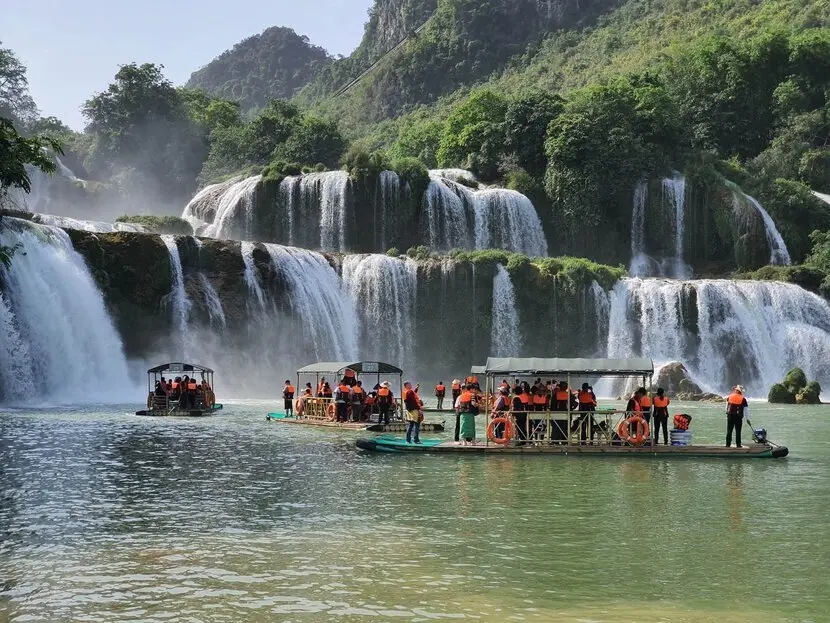
Tourist visiting Ban Gioc Waterfall on a bamboo raft
The attractive and unique point of Ban Gioc is that in the main part, the water does not flow directly from the top to the bottom, but winds its way through the mounds, dividing the water of the Quay Son River into many white foam stream in combination with the green colour of the trees and the bright sun creating a perfect painting. Every visitor who admires this scene must praise stunning.
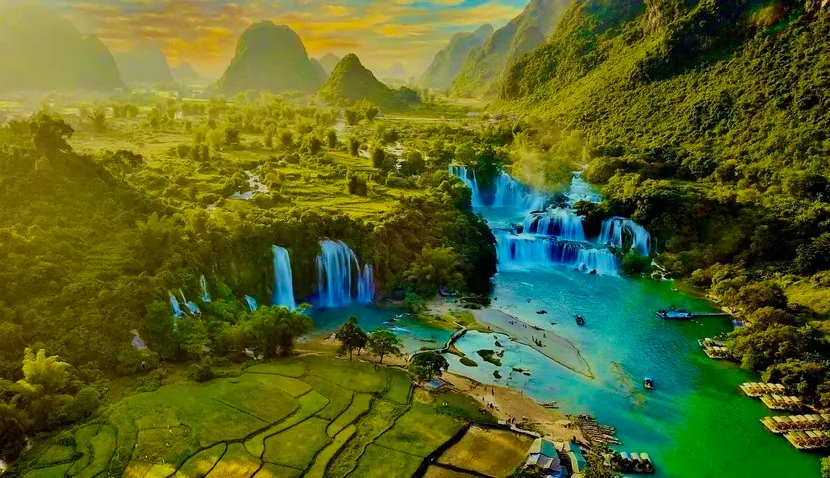
The waterfall seen from afar
3. Best time to visit Ban Gioc waterfall
The scenery around and flow of Ban Gioc waterfall changes according to two distinct climatic seasons: the rainy season and the dry season.
- The rainy season starts from June to September, when the waterfall flows faster and stronger. The water pours white foam over a vast area of hundreds of metres. Therefor, many tourists agree that months between June and September are the best time to admire the majestic Ban Gioc waterfall's beauty of nature.
- Dry season happens from October to May next year. During this time, the sky was clear blue and the weather was extremely cool, however you will expect less water streams.
Whenever you visit all year round, the Ban Gioc waterfall is peaceful, quiet, mingled with the vivid colour of the rice fields. Visitors will feel as if they are always welcomed. All have formed a naturally painted colourful picture, vivid and romantic that travellers forget the way home.
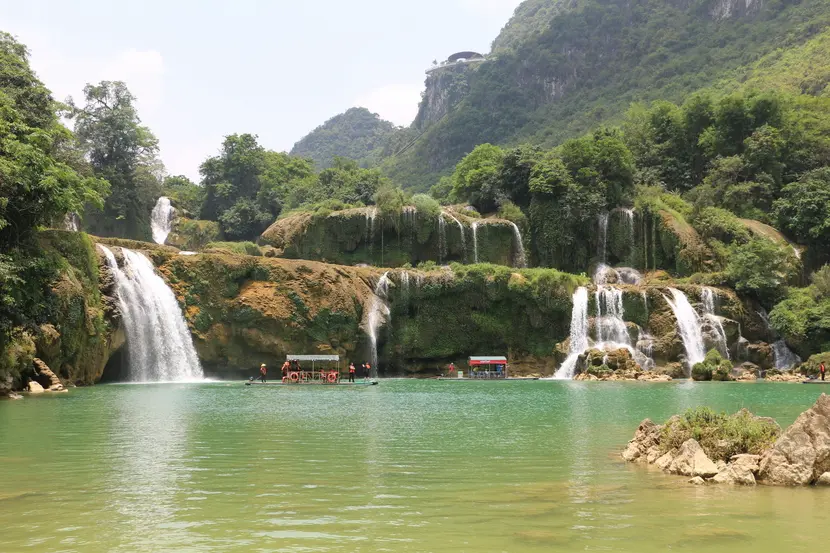
If visiting during dry season from October to May next year, you will see less water but still very beautiful from afar
4. Nearby attractions to Thac Ban Gioc waterfall
The Truc Lam Ban Gioc temple: The place worships Nung Chi Cao, a historical and cultural hero from the 11th century. From the high position of the temple, visitors can take a good viewpoint over the waterfall.
- Thang Hen Lake: The lake has a unique diamond shape, located in the heart of the north-eastern mountains. It is surrounded by forests and rocky mountains that create a majestic natural landscape.
- The revolutionary relic of Pac Bo - Lenin Stream: This is one of the important strongholds during the war. Visitors are able to visit a number of monuments in the historical complex such as Coc Bo Cave where Vietnam's president Ho Chi Minh lived and worked, Uncle Ho's memorial house, Lung Lan Cave, Nguom Vai Cave, Khuoi Nam Shack, Mac Mountain, Lenin Stream, etc.
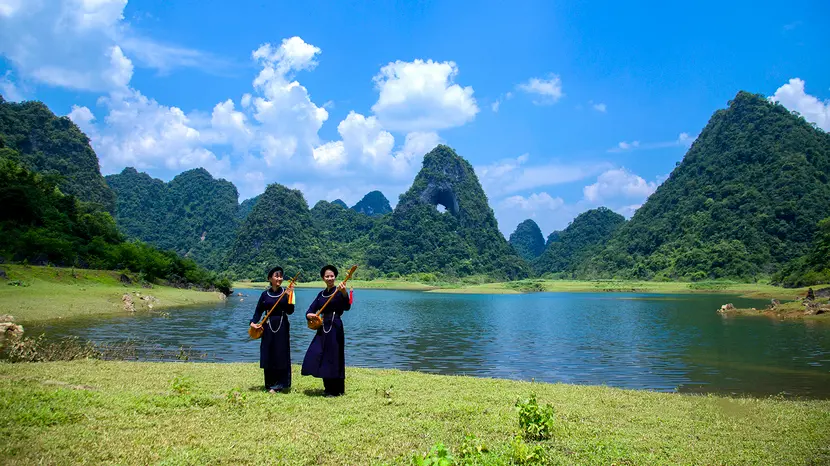
Nui Thung Mountain
In addition, the off-the-beaten-track sightseeing spots such as:
- Nguom Ngao Cave
- Phuc Sen Village
- Ma Phuc Pass
- Nui Thung Mountain
- Phong Nam valley
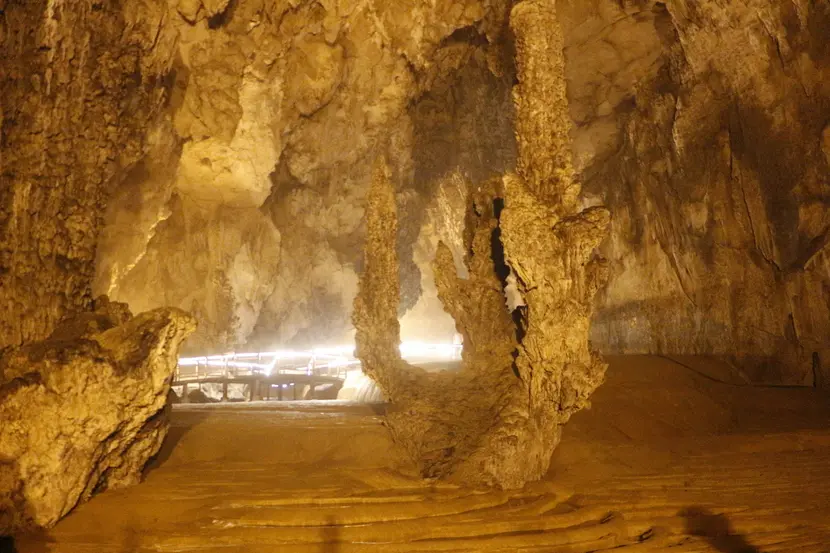
Nguom Ngao cave
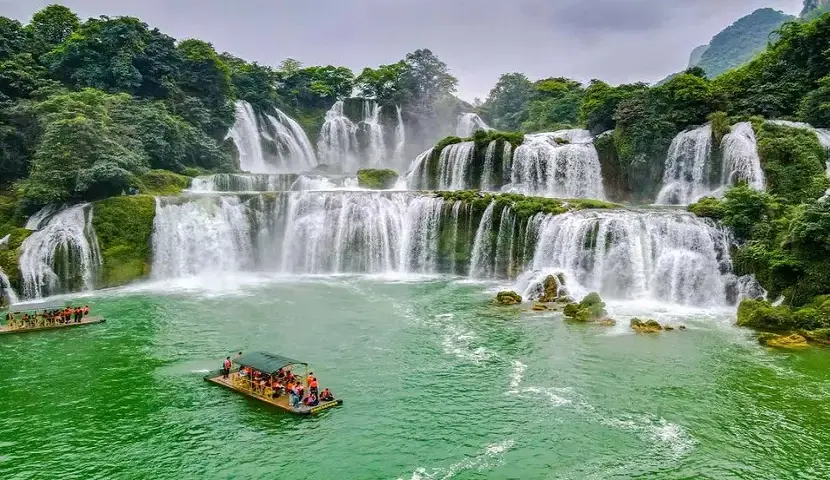






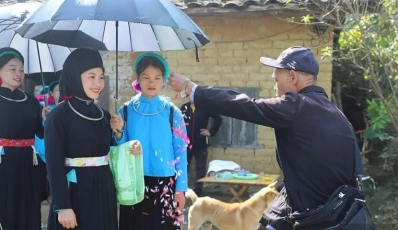
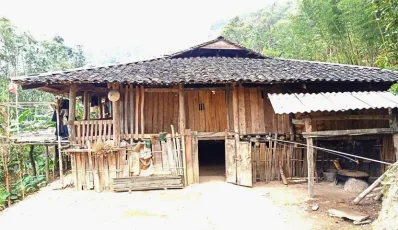

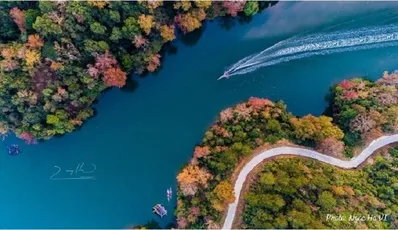




 TRAVELERS' CHOICE 2025
TRAVELERS' CHOICE 2025 